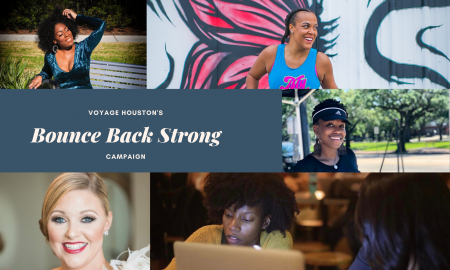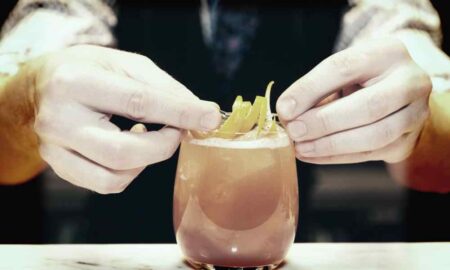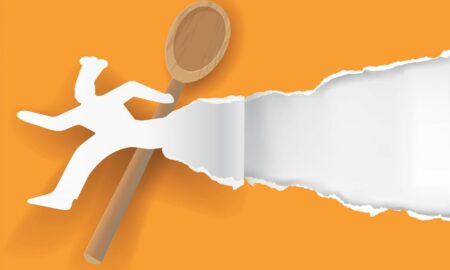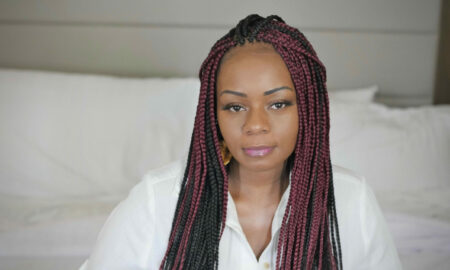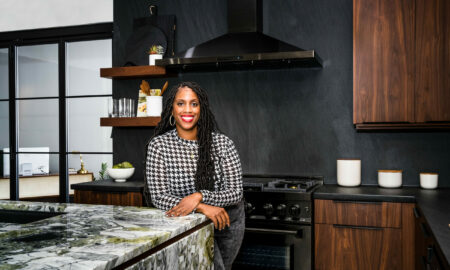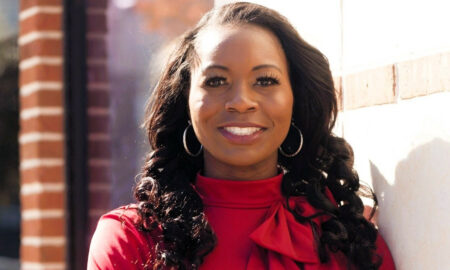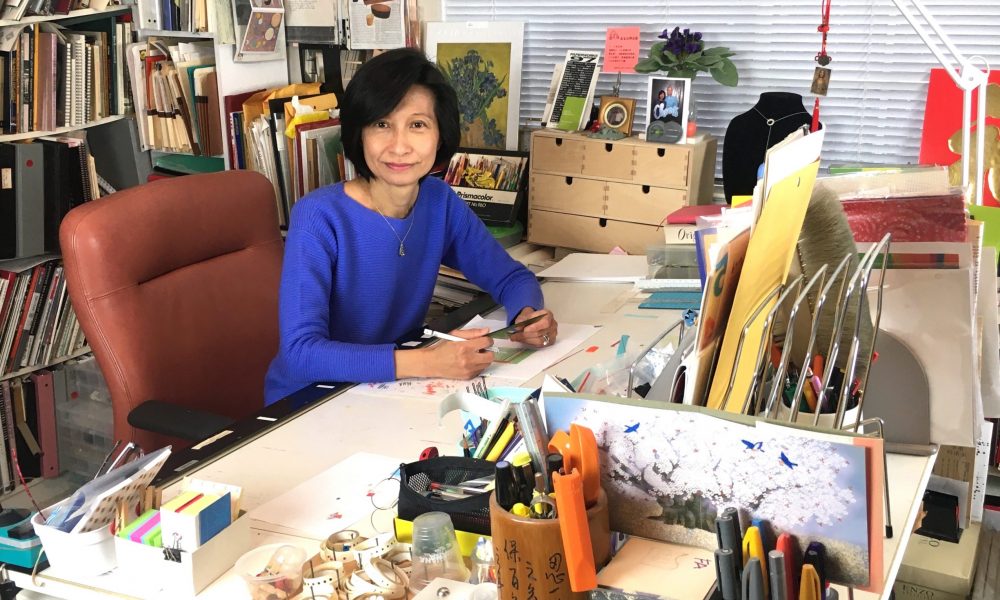

Today we’d like to introduce you to Tiffany Heng Hui Lee.
Thanks for sharing your story with us Tiffany. So, let’s start at the beginning and we can move on from there.
As a young child, I was always chasing my pets (three chickens, two rabbits, and one goat) in my back yard. My family lived near rice fields on the outskirts of Taipei, next to my father’s textile factory. When I was young, my mother would hold my tiny hand and guide me to draw and write, using branches, on the rich soil next to our home. I liked to draw on top of my pet’s footprints, then carefully added leaves and flower petals on top of the drawings. I would also watch the farmers planting rice, kneeling down, placing one seedling at a time into the ground. Each row was straight and long, with just the proper amount of space in between. The precise manner that each row of rice was planted taught me to pay attention to detail. I was always drawing and coloring everything. My piano books were unique since each page was filled with color and the musical notes were filled with unusual drawings. I also turned my sister’s and mother’s piano books into art projects as well, which made my piano teacher and father very angry.
At the impressionable age of eighteen my family immigrated from Taiwan to America. Although drawing and art was my first choice of subjects to study in college, my parents had other ideas. They gave me a very harsh talk, explained that becoming an artist was not realistic and told me that I would never find a job and be able to support myself as an artist.
Instead of listening to my parents, I followed my heart. Choosing interior design gave me the opportunity to design, create, draw and study art. With the encouragement from several outstanding teachers at the University of Houston, including my interior design professors, Angi Patten and Jack Hanna, and my drawing/painting professor, Richard Stout, I obtained my bachelor’s and Master’s degrees for interior design. The faculty encouraged me to get a master’s degree by providing a scholarship so that I could stay in school and finish my studies. My first mixed media collage and sculptural art show were at Blauffer Gallery (University of Houston), which was my Master’s thesis exhibition.
To this day, I treasure my interior design career and my artwork. As a commercial interior designer, I was able to use my drawings to convey ideas and concepts to my clients. Space layouts, design concepts, millwork details, material selections, and color patterns are simply versions of my paper collages!
Great, so let’s dig a little deeper into the story – has it been an easy path overall and if not, what were the challenges you’ve had to overcome?
My interior design and architectural skills inspired me to use a layering effect on many of my pieces, similar to the structures and substances used in architectural design and construction.
My goal is to raise awareness and respect for our environment, protecting our one and only earth. Nature consists of five essential elements – fire, wood, water, metal and earth. Natural beauty exists because these essential elements are combined in a specific sequence, in just the right proportions and quantities. I strive to maintain this balance and harmony in my artwork, as well. I express this concept in an abstract and contemporary manner. As a result, my work is not easily understood or accepted by many.
For art to possess beauty, it must possess harmony and balance. Beauty, balance and harmony are inseparable. Incorporating these concepts and principals into my art results in an inner beauty that I hope brings the viewer closer to nature, creating a feeling of peace and joy within.
Please tell us about your art.
Nothing brings me more pleasure than designing a beautiful yet functional space. Designing an aesthetically pleasing office requires knowledge about lighting, materials and space planning. I truly enjoy transforming a concept into a drawing and then working with construction personnel to make space a reality. I use my metalsmith skills to make unique and functional jewelry. Each piece is a miniature sculpture that is an adjustable form of moveable art. Natural stones from around the world are used so that the locations are carried in one’s heart. Each piece is a one-of-kind wearable sculpture.
Layering found in my paper collages is similar to the section drawings used for commercial architecture. The detail found in my millwork drawings is much like the intimate details found in my artwork. My interior design skills provide a seamless transition to the creation of paper collages.
My artwork demonstrates exceptional restraint, using simple, geometric forms to create complex, abstract images. Each piece tells a story. Architectural drawings enhance my work by using repetitive lines to create abstract compositions. Layering materials mimic sections in nature. Use of mixed media, including paper, metal and wood, enhance the work. The small scale emphasizes the detail of delicate work, conveying a message of tranquility and peace within.
Do you look back particularly fondly on any memories from childhood?
My finest memories as a child were visiting my dad’s textile factory. Once a month on Friday, he would let me visit the factory with him. The workers volunteered to take care of me so that they could take a break. They would show me their latest weaving creation and let me run my fingers through the endless and colorful threads on the weaving machines. In addition, I was allowed to draw with colored pencils on the special sketch paper used to capture the most recent masterpiece. The designers loved to show me their new textile design ideas so that I could influence my father to use their creations. Designers were quite competitive since selections resulted in a bonus as well as the prestige of being the best designer.
My father also showed me the international textile designs for the year ahead and asked me what made their design remarkable. He taught me that fashion, style and color trends are only a portion of the design. Textiles depend on the latitude and longitude coordinates working together to become one solid, functional product. It is not about which element is stronger or weaker, more or less important good design is about working together as one unit, much like the way the weavers operating the looms, the mechanics maintaining the machines, and the designers providing the ideas must work together in order to create a beautiful and functional product.
Today when I close my eyes, I can still hear the sound of the looms running and see sunlight shining through the threads creating shadows on the wall. Sketching with a pencil in my hand, each square inch captures the worker’s hard work and pride, constantly checking the alinement of the loom and the pattern of the thread. Those memories still bring a warm smile to my heart.
Contact Info:
- Website: tinyurl.com/tiffanylee944
- Email: henghui12@gmail.com
- Instagram: @tiffanylee944









Suggest a story: VoyageHouston is built on recommendations from the community; it’s how we uncover hidden gems, so if you or someone you know deserves recognition please let us know here.


